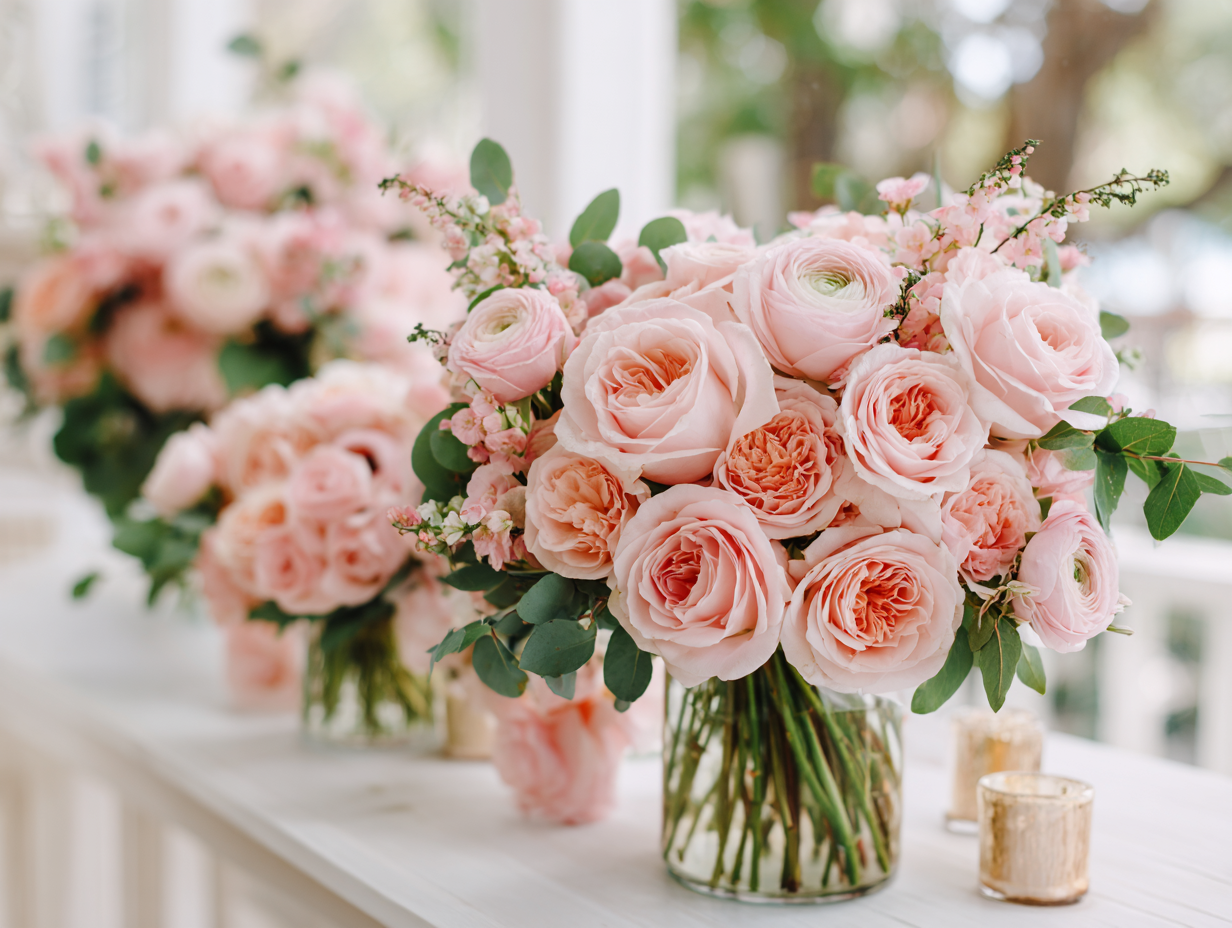
Queen Creek Florist, San Tan Valley Flower Shop
Roses have occupied a prominent place in the world of weddings for centuries, making them a timeless choice for couples eager to express their love and commitment. These flowers have a rich historical significance, revered as symbols of love and passion since ancient times. The association of roses with romance began with the Greeks and Romans, where they were often linked to deities of love, thus solidifying their status as an enduring emblem of affection and dedication.
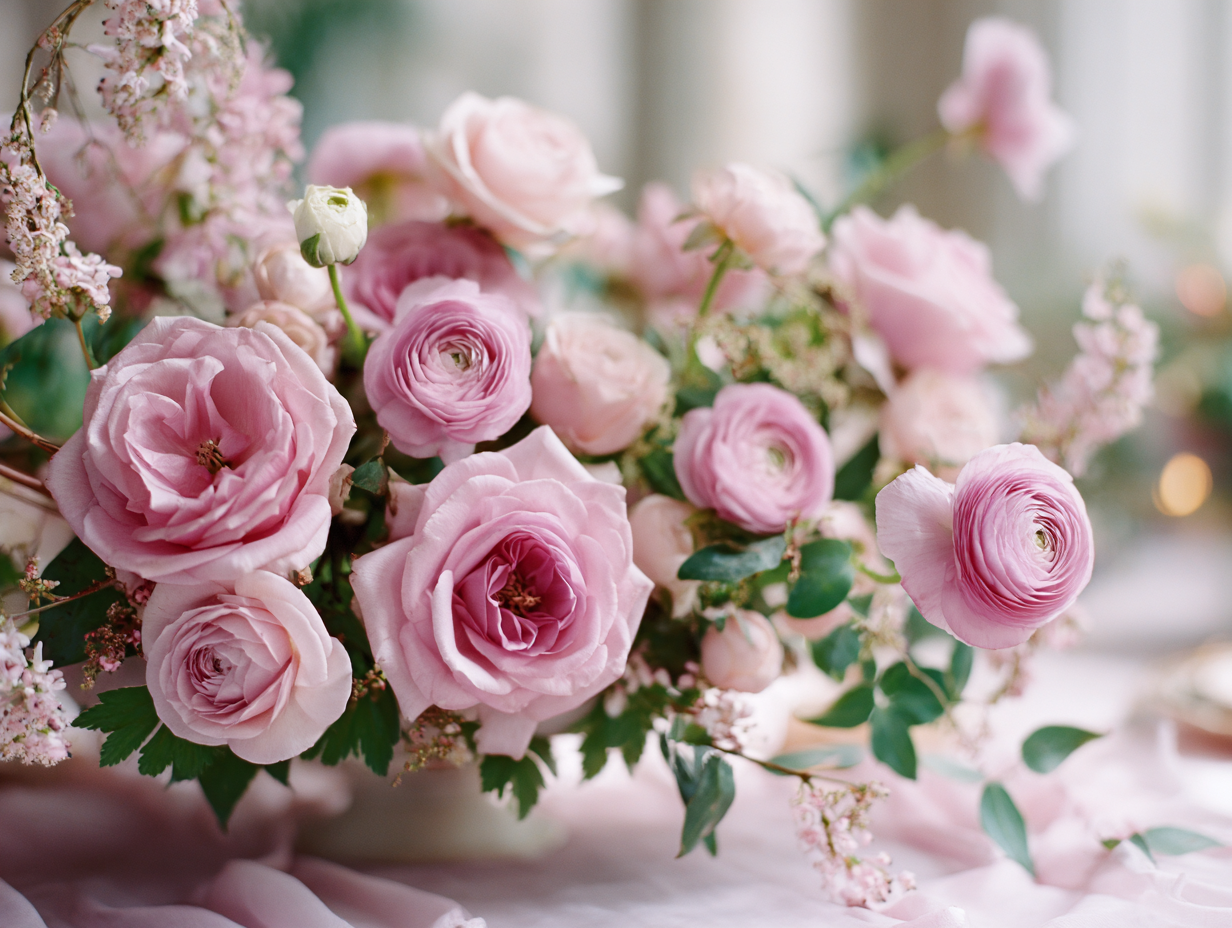
In the context of weddings, roses represent different sentiments based on their color, giving couples the ability to convey specific emotions and messages through their floral arrangements. For instance, red roses epitomize love and desire, often chosen for their deep emotional connotations. White roses, on the other hand, symbolize purity and innocence, making them a popular choice for weddings as they encapsulate the essence of a new beginning. Yellow roses can express joy and friendship, while pink roses signify admiration and gratitude, allowing couples a wide range of options to reflect their unique love story.
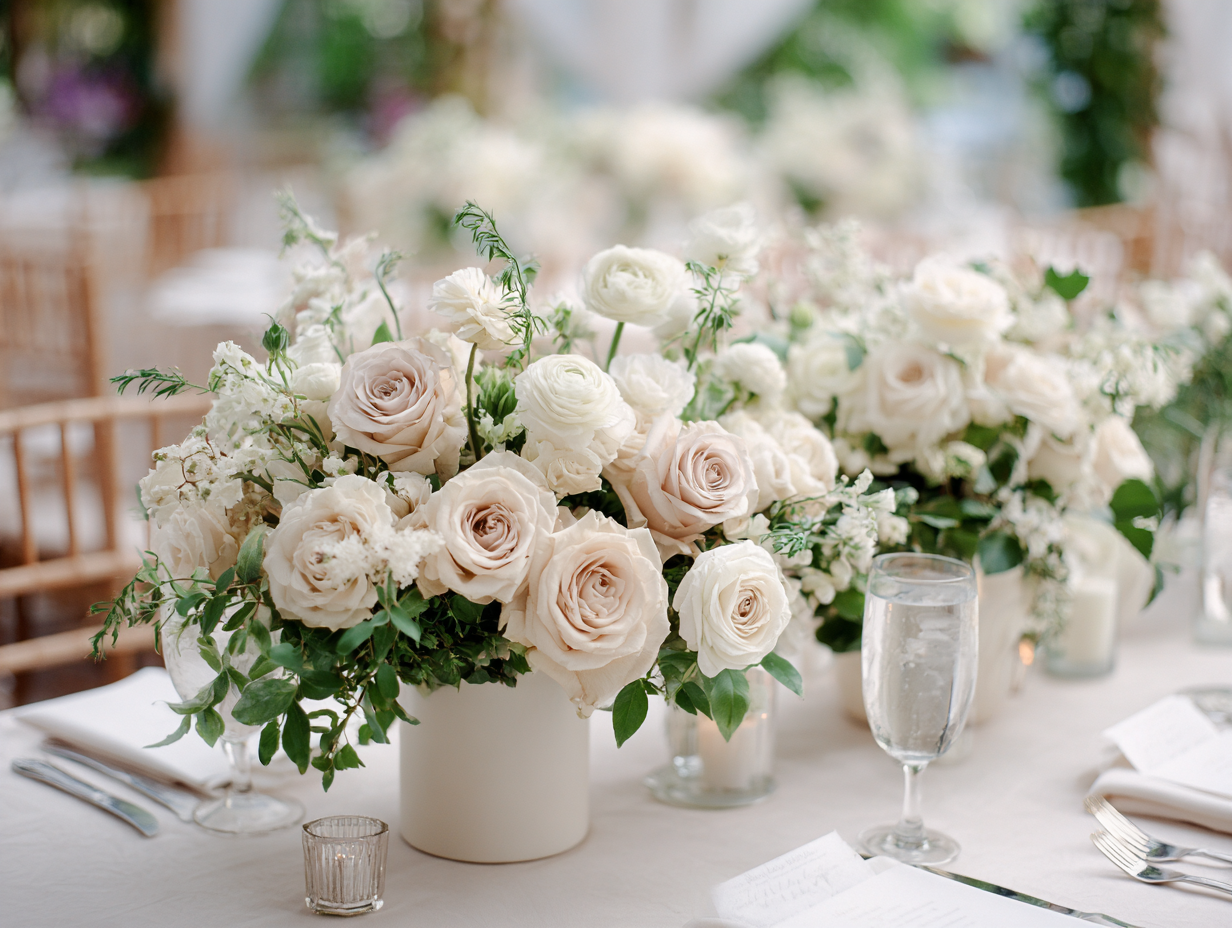
The versatility of roses extends beyond mere symbolism. They can seamlessly be incorporated into a variety of wedding themes and color palettes. Whether featured in lush bouquets or elegant centerpieces, roses can enhance any floral arrangement with their captivating beauty and aroma. From classic to modern, roses come in numerous varieties and sizes, ranging from delicate garden roses to the more structured standard blooms. This variety ensures that there is a perfect rose for every couple’s vision, regardless of style preferences or wedding aesthetics.
In summary, the timeless beauty of roses is undeniable. Their historical significance, coupled with their rich symbolism and remarkable versatility, makes them an indispensable element of wedding floral arrangements. As couples curate their special day, these exquisite flowers offer a classic touch that resonates deeply with the emotions they aim to convey.
The Charm of Ranunculus
Ranunculus flowers are celebrated for their stunning appearance and unique characteristics. With their distinctive layered petals, they create an exquisite texture that captivates both florists and couples alike. These blossoms often bloom in a multitude of vibrant hues, ranging from warm yellows and pinks to deep reds and whites. This rich palette makes them a versatile choice for wedding floral arrangements, allowing them to complement various themes and color schemes seamlessly.
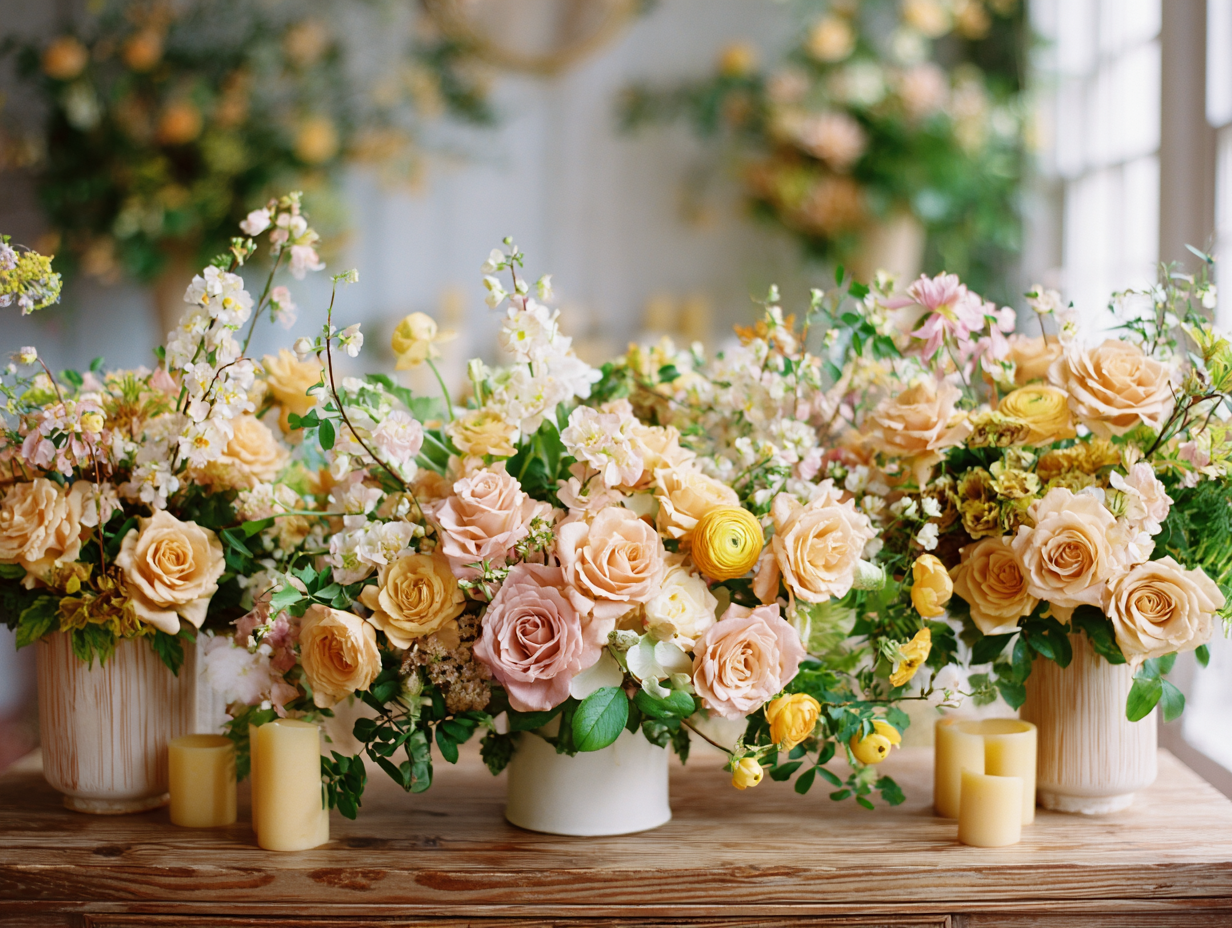
In the context of love and admiration, ranunculus carries significant symbolism. Traditionally, these flowers represent radiant charm and allure, making them an ideal choice for weddings where romance is at the forefront. Their growing popularity in contemporary wedding floral design can be attributed to their ability to evoke heartfelt emotions while elegantly enhancing the aesthetic of the bouquet or centerpiece.
When comparing ranunculus to other popular wedding flowers such as roses or peonies, it is essential to consider their unique attributes. Roses, while classic and timeless, often present a more traditional look, whereas ranunculus offers a fresh, modern appeal with its unique petal structure. This distinctiveness not only stands out in floral arrangements but also allows for creative pairings with other flowers, enhancing the overall visual harmony.
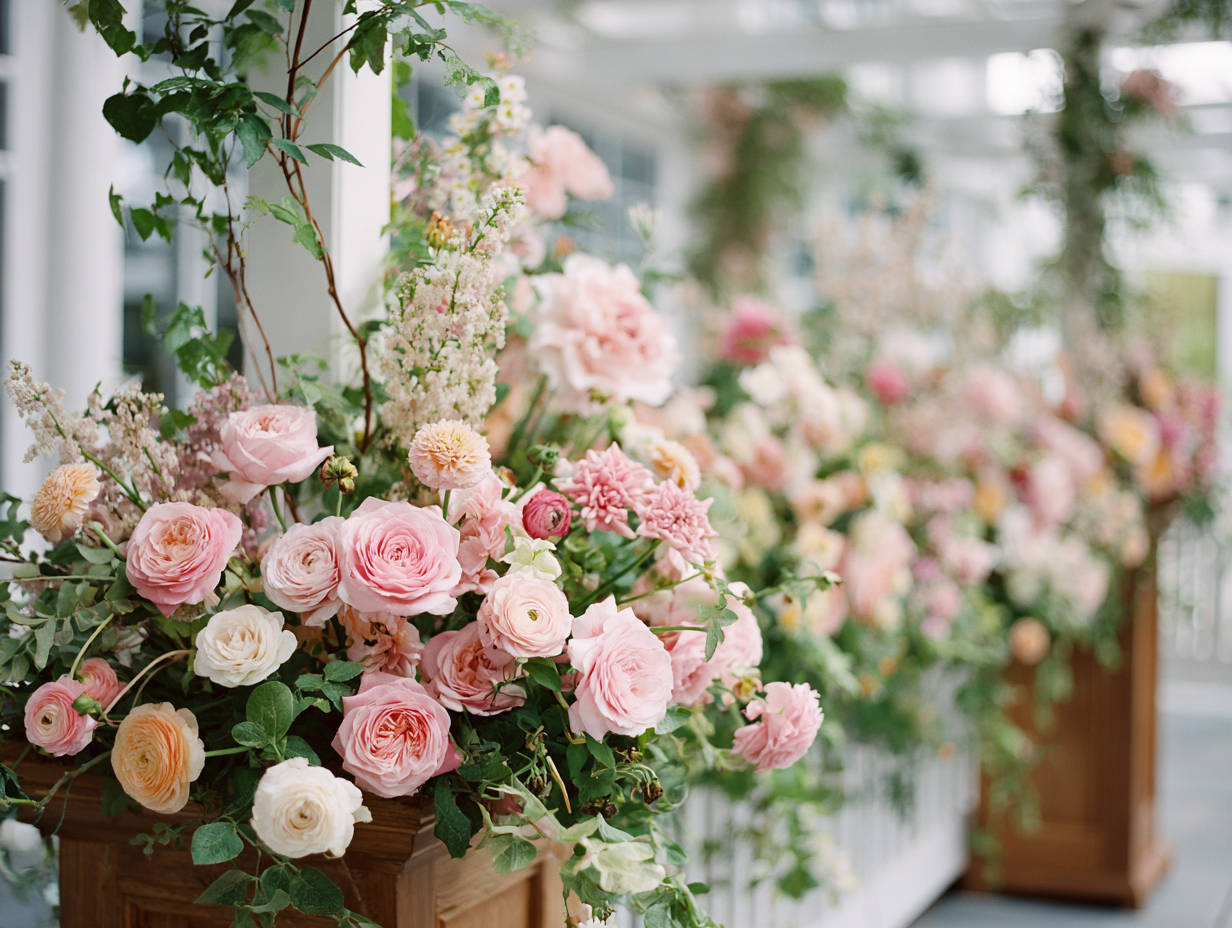
Furthermore, the silhouette and texture of ranunculus enable them to fill spaces beautifully within a floral composition. When combined with roses, their layered petals create a striking contrast that highlights the beauty of both flower types. This combination not only appeals to the eye but also deepens the emotional resonance of the overall floral design, suggesting love and passion through their harmonious arrangement.
Combining Roses and Ranunculus in Floral Designs
When it comes to creating breathtaking wedding floral arrangements, the combination of roses and ranunculus stands out for its elegance and versatility. To effectively merge these two flowers in your designs, it is essential to consider various design techniques, color matching strategies, and texture balancing methods. An effective arrangement will not only enhance the visual appeal but also reflect the couple’s personal style.
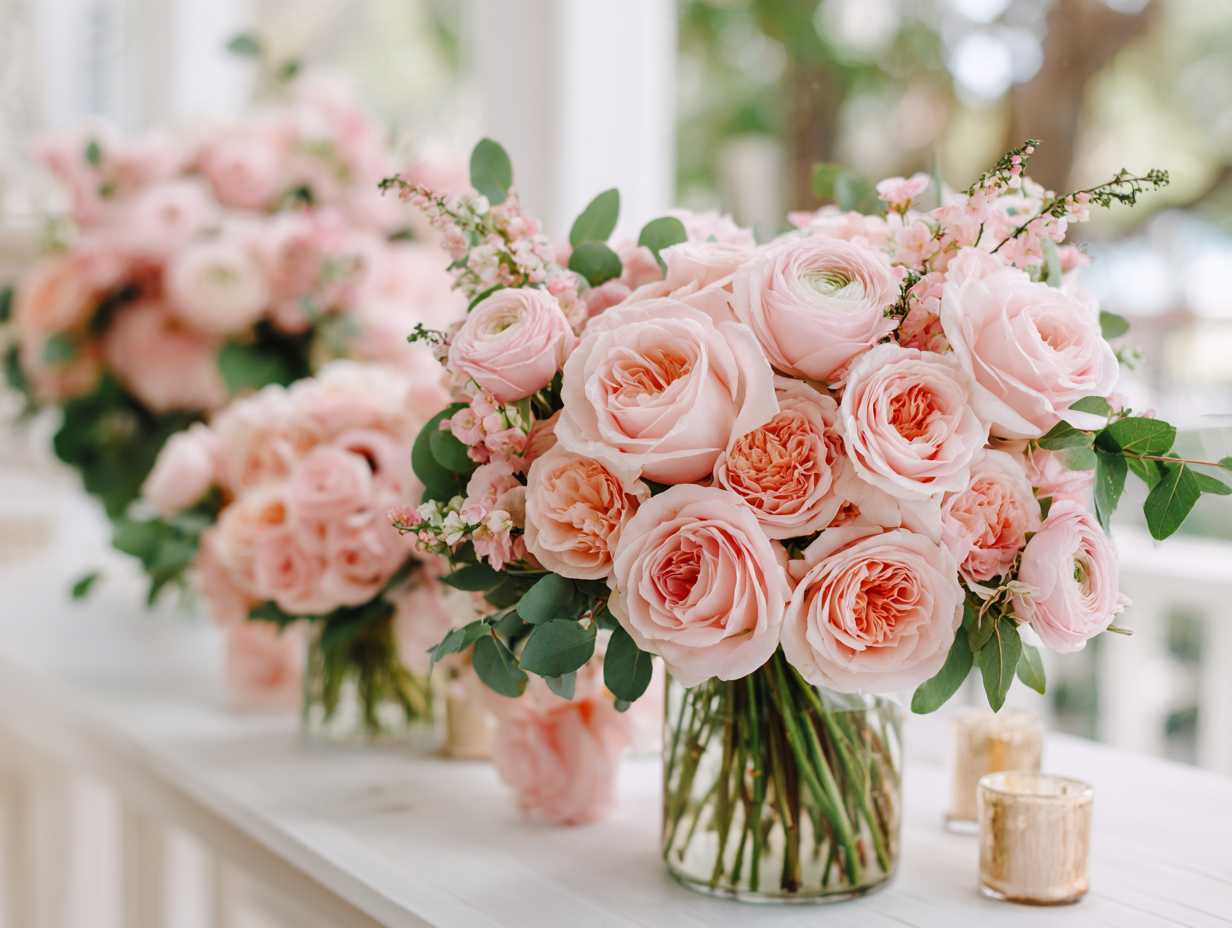
One popular method for combining roses and ranunculus is utilizing their complementary color palettes. Roses are available in countless shades, ranging from soft pastels to vibrant hues. When paired with ranunculus, which often features a delicate, ruffled appearance, the result can be a stunning visual contrast. For instance, a bouquet featuring pale pink roses against deep burgundy ranunculus creates a breathtaking focal point. Additionally, implementing elements like greenery or fillers can enhance the color combination and bring harmony to your arrangement.
Texture plays a critical role in floral design. The smooth petals of roses can contrast beautifully with the layered, delicate texture of ranunculus, providing depth to your arrangements. For centerpieces, consider mixing both flowers at varying heights; this adds interest and complexity to the overall look. Utilizing different types of vases can also affect the final aesthetic, with vintage containers lending an air of romance or modern glass vases offering a contemporary appeal.
When sourcing these flowers for wedding arrangements, it is advisable to establish a relationship with local florists or suppliers who can provide both roses and ranunculus in optimal condition. Ensuring that the chosen blooms complement each other in terms of color and texture will create a cohesive look throughout the wedding. This attention to detail not only enhances the beauty of individual arrangements but also contributes to a harmonious floral theme across the event.
